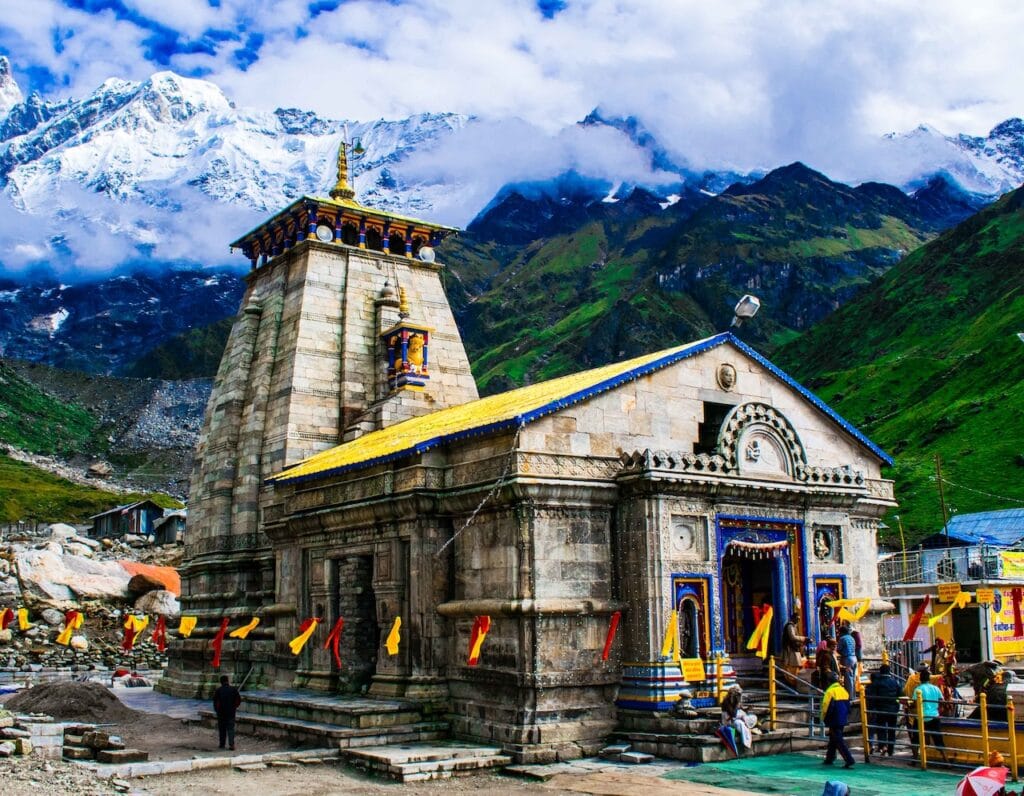In an effort to tackle environmental concerns in Kedarnath, the National Green Tribunal (NGT) has directed the Uttarakhand government to submit a detailed timeline for implementing effective sewage treatment and solid waste management systems in the region. This directive comes in response to reports of untreated sewage and inadequate waste disposal in the Mandakini River, which poses significant environmental hazards.
Addressing Kedarnath’s Waste Management Crisis
Kedarnath, a major pilgrimage destination, experiences heavy footfall during the tourist season, resulting in around 1.667 tonnes of solid and plastic waste being generated each day. The region’s lack of infrastructure to handle such high volumes of waste, especially untreated sewage, has led to growing concerns about pollution in the Mandakini River.
Formation of a Joint Committee
To assess the situation, a joint committee was established, comprising representatives from the Central Pollution Control Board (CPCB), Rudraprayag district officials, and the Union Ministry of Environment, Forest, and Climate Change. The committee’s findings revealed that Kedarnath lacks both an operational sewage treatment plant (STP) and any significant waste processing facility.
Inadequate Sewage Treatment Facility
The report pointed out that a 600-kilolitre per day (KLD) STP is currently under construction, expected to be completed by December 2024. However, the tribunal deemed this capacity insufficient for the region’s waste treatment needs, particularly during the peak tourist season. Moreover, there is currently no connection between local households and the under-construction STP, making it difficult to efficiently manage sewage in the area.
Construction and Demolition Waste Issues
The report further identified large amounts of construction and demolition waste accumulating in various areas, exacerbating the waste management crisis. The rapid pace of development in the region has contributed to this issue, as new facilities and accommodations are being built to cater to the increasing number of visitors.
NGT’s Directive to the Uttarakhand Government
In an order dated October 4, 2024, the NGT, led by Chairperson Justice Prakash Shrivastava, mandated that the Uttarakhand government file an affidavit within six weeks. This affidavit should include a comprehensive timeline for connecting all local households to the new STP and for setting up appropriate solid waste management infrastructure. Additionally, the state must ensure that soak pits for liquid waste management are properly maintained and that the sewage connections are fully operational before the next tourist season.
The tribunal has also tasked the Uttarakhand Pollution Control Board (UKPCB) with submitting details of any actions taken against local authorities for breaching environmental regulations. The NGT is closely monitoring the situation and expects these corrective measures to be implemented swiftly.
Broader Implications for the Ganga River System
The pollution in the Mandakini River, which is a tributary of the Ganga, has wider implications for the health of the Ganga river system. Recognizing this, the NGT has allowed the petitioner to include the National Mission for Clean Ganga (NMCG) in the proceedings, emphasizing the importance of addressing pollution at its source to protect the broader river ecosystem.
Looking Ahead: Managing Kedarnath’s Waste
The Uttarakhand government now faces the challenge of ensuring that the waste management infrastructure is put in place before the next tourist season. The state’s compliance with the NGT’s order will be reviewed in early 2025, during the next scheduled hearing. Proper waste management in Kedarnath is not only crucial for protecting the local environment but will also serve as a model for managing waste in other ecologically sensitive regions.
The outcome of this process will significantly impact the region’s environmental health and set a precedent for other pilgrimage sites across India facing similar challenges.

